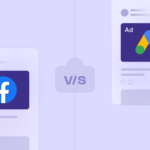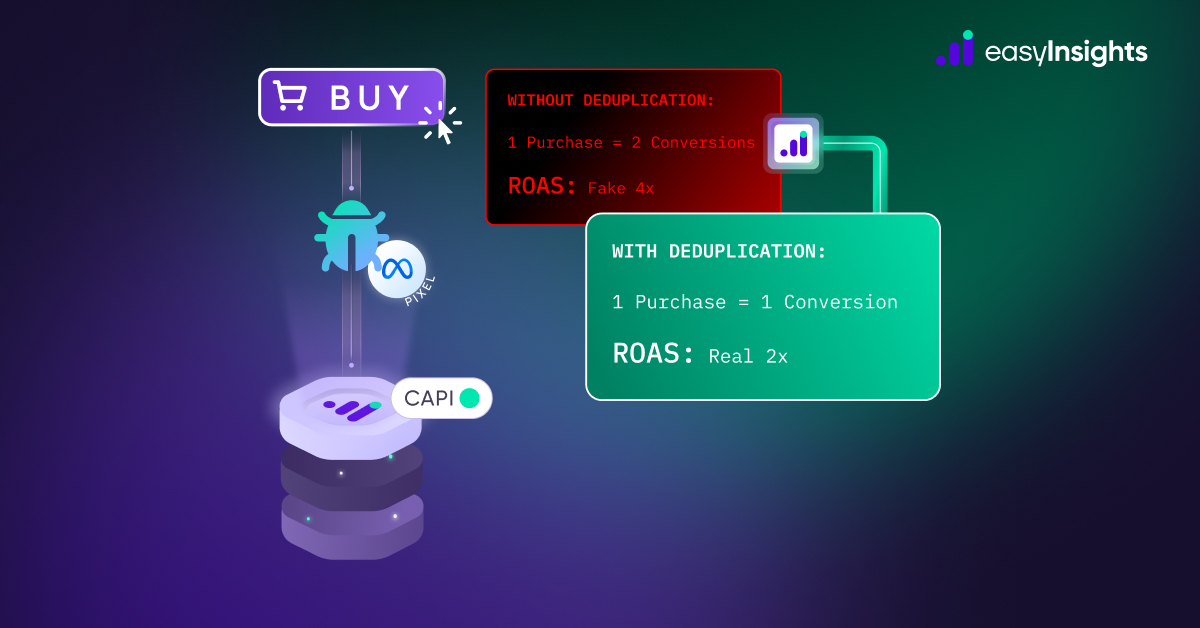
Modern marketers are leveraging a plethora of advanced technology and new trends to get ahead. But amongst all the mayhem, the basic principles of achieving success remain the same- to thrive in the long haul, you need an efficient strategy that attracts fresh customers while helping you retain current ones.
The only way to get and hold on to your customers is to view them as long-term prospects. This means prioritizing engagement across their entire journey with your business. Now, this seems easy enough in theory, but get down to implementing it, and you won’t know which way’s up. After all, the modern customer is active across channels and looks through superficial and surface-level engagement efforts.
That’s why you need a customer engagement platform that helps you interact with your audience effectively throughout their complex journey with your business. Consider this your ultimate guide to this powerful tool.
Jump ahead to:
What is a Customer Engagement Platform?
A Customer Engagement Platform (CEP) is a tool that helps you to create personalized and relevant customer experiences by combining real-time data and omnichannel reach. It allows you drive Customer Lifetime Value (CLV) and foster long-term relationships with customers. A CEP combines a Customer Data Platform (CDP) with a robust Communication Platform as a Service (CPaaS) to create intelligent and customized interactions with your audience across channels.
You see, in order to engage your customers in the long run, you need to know them well, know what makes them tick and what makes them say ‘ick’. That requires creating a profile on each of them detailing their interests, pain points, preferences, etc., to understand how you can foster loyalty with your overall audience.
In the competitive landscape we operate in today, this is very well the difference between staying ahead and lagging behind. With 71% of customers expecting personalized interaction, you need a dedicated solution that can deliver this if you want to stay relevant.
How Does a Customer Engagement Platform Work?
Now that you know what a CEP is in theory, let’s understand how it gets the job done. Let’s say a user named Jim Halpert opens an account on the website of your ecommerce app. While confirming his account via email, you share a link to encourage him to download the app. But, he doesn’t bite. He orders a pair of golf pants and shares his mobile number for communication. Once he receives his order, you ask him to rate his experience, and he gives you, say, three stars with the comment- ‘jeans looked blue-er online’. Now, you send him an apology with a coupon that he can use on his next order. He doesn’t order that week, and so you share an SMS with this, nudging him to download the app, and this time, voila! He does.
In this case, you have used inaction on one channel as a trigger for an event on another. This ability to reach out to customers across channels and keep their experience customized is what a customer engagement platform helps you achieve.
Are CRMs, CXMs and CDPs Customer Engagement Platforms?
Customer Relationship Management (CRM) systems, Customer Data Platforms (CDPs) and Customer Experience Management (CXM) platforms can all be understood as early drafts of CEPs. CRMs are designed for data management. CDPs collect data from various tools, create unified customer profiles and share data with customer support, sales and marketing teams. CXMs examine feedback and enhance customer experiences. All three contribute to customer engagement in one way or another but have a much smaller individual goal.
As technology has evolved and customer expectations have changed, a need for a platform where sales automation, marketing automation and the like are built on a communications and customer data infrastructure is met in a CEP.
Additional read: Customer Data Platforms (CDPs) – A Comprehensive Guide
Benefits of Integrating a CEP
Here is what a CEP brings to the table:
- Offers deep Insight into Customer Interactions
A CEP offers advanced analytics features that help you understand how your customer interacts with your offerings. These are key to ascertaining the efficiency of your engagement strategy.
For instance, you could analyze your CEP’s data to learn your offerings’ most popular features and touchpoints where customers experience the maximum friction during their journey. In other words, understanding what’s working and what needs tweaking.
- Gives You a Trusted Source of Data
One of the most important benefits of CEPs is that they collect zero party and first party data at each customer touchpoint to build a unified customer profile. Being reliable sources that can be verified quickly, CEPs help you work with only the most updated and accurate customer data available.
Additional read – Why Meta Loves First Party Data
- Reduces Customer Acquisition Cost (CAC) Via Improved Targeting
A CEP’s powerful personalization capabilities help you reduce your CAC by allowing you to put your best foot forward from the get-go. You already know what your customer’s interests, behaviors and purchasing patterns are. Leveraging this data increases your chances of hitting the right spot with them, thereby reducing the effort it takes to get prospects to convert.
What Should You Consider When Evaluating Customer Engagement Platforms?
Here are some factors to consider when choosing a CEP for your operations:
- Single Customer View
As touched upon earlier, you must know your customers well. And for this you need comprehensive data from various sources. This data must then be combined into a single unified customer profile or a Customer 360 that gives you a 360-degree view of your customer.
Once you have this, you’ll be able to offer your audience personalized and relevant experiences that increase their chances of repeat interactions with your business.
Additional read: Customer 360: What it is and Why it is Important
- Omnichannel Compatibility
Customers don’t engage with your business on a single platform but multiple ones- across email, social media, live chats and phone messages. Your CEP must be able to able to facilitate a uniform and consistent experience across all channels to drive marketing goals.
- Cross-Channel Tracking and Attribution
Since your CEP must collect and consolidate customer data from across platforms, it must also be able to attribute results to specific interactions on marketing channels.
For instance, it should be able to identify that Jim Halpert landed on your website page via a Facebook ad. This is key to understanding how your customers are reaching you and how effective your ad campaigns are.
- Integrations
Your CEP must integrate with the other solutions in your martech stack. For instance, if you have a chatbot on your platform, your CEP must be compatible with it through an API in order to deliver a well-rounded experience to your customers. All this while meeting industry standards for compliance and security.
Final Thoughts
Customer engagement platforms are not a choice but a necessity in today’s world, where your customer likely has a million businesses vying for their attention and business. And given the benefits it brings on board, we reckon you agree as well.
The final step is onboarding EasyInsights to help you optimize your customer interactions. EasyInsights helps you source data from all your marketing channels onto one single platform, where you can create and send audiences to your CEPs – these audiences are highly granular, and updated in real-time leadign to better conversion rates, and ultimately, improve your ROAS. EasyInsights also allows you to collect and activate your first-party data so that you know your customers inside and out and can confidently reach out to them, and retain them in the long run.
So, are you ready to supercharge your marketing initiatives? Book a demo with Easyinsights now!









